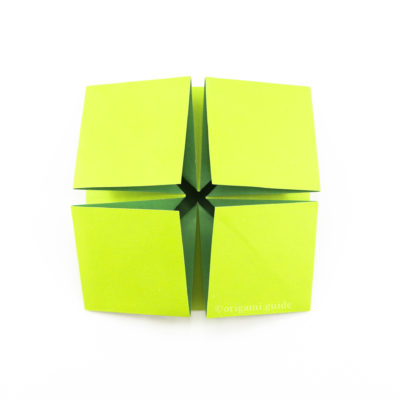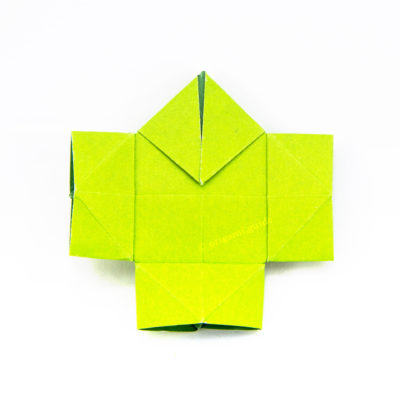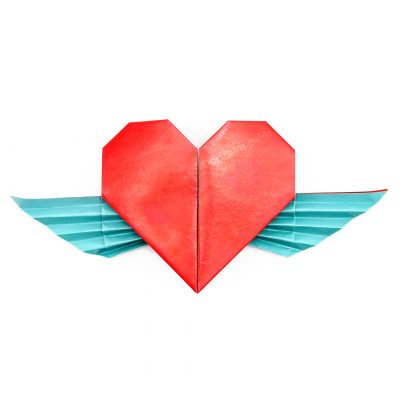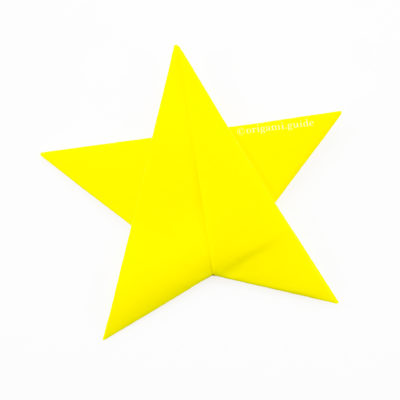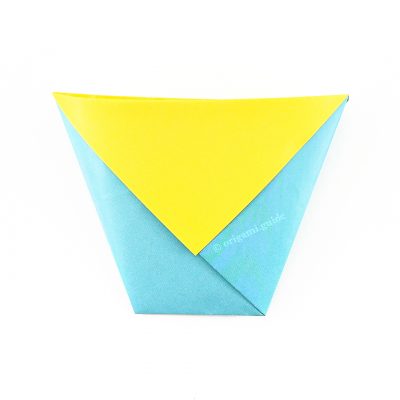What is origami? Simply put, origami is the art of folding paper.

Paper can be folded into almost anything!
Contrary to popular belief, origami has no set ‘rule book’. So long as there is paper, and it’s being folded, that is origami. This is because the very word ‘origami’ is a direct translation of ‘to fold paper’ in Japanese. “oru” means to fold, “kami” means paper.
There are many different types of origami, including:
Traditional Origami – Older, more well known models such as the origami crane, that have no known author. These traditional origami models are in the public domain. Many traditional origami models include small cuts and even require glue to keep them together.
Modular Origami – Origami which uses more than one sheet of paper to create a complete origami model. This includes ‘Kusudamas’ or flower balls and simpler origami boxes which require 2 sheets of paper to complete. Modular origami can be made from many sheets of paper, of any shape.
Golden Venture Folding Origami – Best known as ‘3D origami’, these amazing three dimensional models are made from hundreds of tiny origami units. These origami sculptures often require glue.
Pure Origami – Or ‘Pureland Origami’, invented by John Smith restricts the folder to using just square paper and absolutely nothing else. Pure origami has given a lot of people a strange idea that origami is a strict art form, but origami is unlimited in it’s possibilities.
(I’ve mentioned four kinds, there are more, I just can’t think of them right now!)

The earliest form of origami ever found is an ancient map, called the ‘Turin Papyrus Map’, made in 1160 BC. You might think it’s just a map, but it was made from papyrus, which would have been quite stiff and easy to break if not looked after.
You can imagine such a large map, would have to have been folded in a very specific way, so as not to break it!
I bet many ancient peoples have discovered origami and we will probably never know because it’s been lost over time.
Origami will never loose it’s charm, because it’s fun, rewarding and challenging. There is always a new model to discover or a new method of folding to try out.
If you need any further definition of what origami is, the best way to find out is to fold something for yourself by following one of the many origami instructions on this website!








